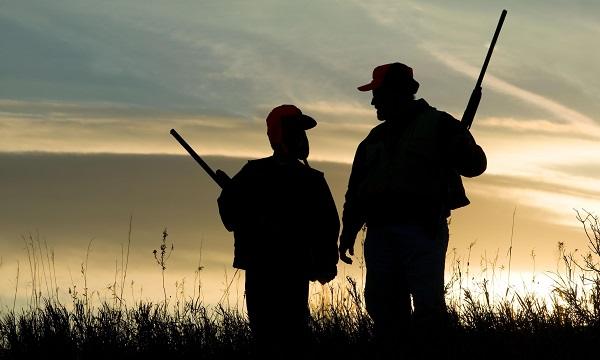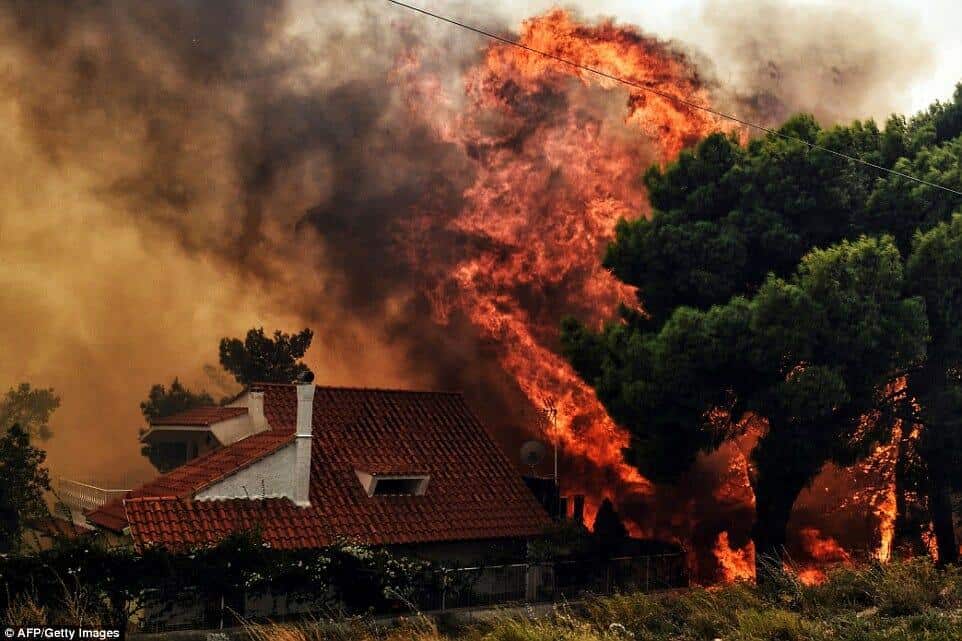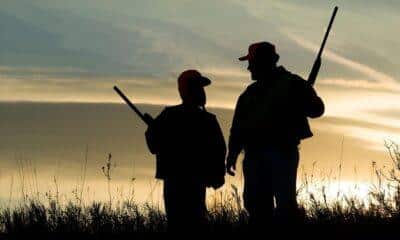
A common question of new parents on the homestead is this: “When should I teach my kids about guns?” This is a tricky question, as there is no one right answer.
Generally, age doesn’t matter; maturity of the child does. A 5 year old who is respectful and listens well to instruction can safely be taught firearm basics, while another child may be 14 or 15 before he or she can or should be taught. Therefore, it’s important to use common sense in deciding if your child is mentally mature enough to understand the potential danger of guns and be able to listen to your instructions.
Most parents and authorities on gun safety will agree that children should be taught from a young age to leave firearms alone, unless they have permission from an adult. It’s a good idea to show your kids what firearms you may have in your house to let them become familiar them, in the event they find a gun in or outside of your home. Generally, this can be done when a child is only a few years old. Many parents make the mistake of simply telling a kid, “See this gun? Never touch it!” — and that’s the end of that lesson. Unfortunately, this isn’t exactly a good idea for a few reasons.
How often did your parents tell you not to do something — but you did it anyway? In fact, maybe the reason you were pushed to do what you weren’t supposed to was because your parents made it such a big deal not to do it.
The problem with “don’t touch this!” is that it puts curiosity into most kids. There are terrible stories every year of children finding a gun and playing with it, completely oblivious to what they are doing because they were never taught. These events often lead to serious injury or death.
How To Hide Your Guns, And Other Off-Grid Caches…
A better way of teaching children respect is to lay out some of your firearms and introduce your kids to them. Tell them a little about each gun and instill some basic firearm safety rules. Allow them to ask questions and let them touch or hold the gun. Explaining the power of a firearm can be difficult for a young child who may not have an understanding of what death is.
Some parents may show their child a hunting video, explaining that when someone uses a gun to shoot a deer (or other game) that it leads to death. Shooting a gun at someone isn’t a video game; what gets shot won’t get back up. How you go about explaining this is up to your personal beliefs. For some hunting families, kids may be brought up with guns at such a young age that they understand very quickly that guns are not toys and they do kill.
Ideally, a child shouldn’t fear guns or become nervous around them, as this isn’t safe, either. Instead, the child should learn that guns are useful tools but need to be treated with the upmost respect. While shooting at targets may be fun and exciting, guns are absolutely not toys and must be handled carefully.
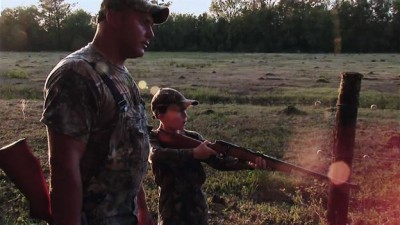
It isn’t a bad idea to begin teaching kids from a very early age about gun safety rules, even if you know the child may not be mentally mature enough to learn how to shoot for years. Depending on how you learned about firearm safety personally, there may be different rules you have memorized. There are many different gun safety rule lists out there, but my two favorites are Jeff Cooper’s Four Rules and the Ten Commandments of Gun Safety. They are as follows:
Jeff Cooper’s Four Rules:
- All guns are always loaded.
- Never let the muzzle cover anything you are not willing to destroy.
- Keep your finger off the trigger until your sights are on the target.
- Be sure of your target and what is beyond it.
Ten Commandments of Gun Safety (these may vary depending on the source)
- Treat every gun with the respect due a loaded gun.
- Carry only empty guns, taken down or with the action open, into your car, camp and home.
- Always be sure that the barrel and action are clear of obstructions.
- Always carry your gun so that you can control the direction of the muzzle.
- Be sure of your target before you pull the trigger.
- Never point a gun at anything you do not want to shoot.
- Never leave your gun unattended unless you unload it first.
- Never climb a tree or a fence with a loaded gun.
- Never shoot at a flat, hard surface or the surface of water.
- Do not mix gunpowder and alcohol.
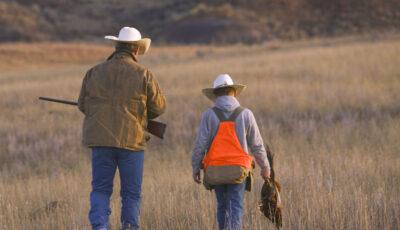
The Four Rules is a great starting place for educating your child. Teach them to your child and get them to memorize them. Ask them safety questions randomly and see if they don’t just recite words but actually understand the rules. Once safety rules and handling are completely understood by a child, you can move to learn how to safely shoot a gun.
Most parents will start off with airsoft rifles or BB guns before turning to an actual firearm. Starting with a BB gun is never a bad idea and since it is quiet with no recoil, it really helps a child gain confidence. A common mistake in firearm safety is letting a child shoot a gun that is too much for them. The recoil or the loud sound can be intimidating and end up teaching the child to flinch in anticipation when firing a gun. This is a terrible habit and one that is difficult to break.
Once a child is comfortable with a BB gun and is eager to shoot a real gun, a .22 rifle is a great start. They even have child-sized .22s like the Chipmunk and the Crickett. Don’t rush the process of teaching your child how to comfortably and safely shoot. Have fun and be sure they are enjoying themselves. You may be having a blast teaching your child these skills, but it’s a good idea not to nag them or tire them out.
Have you taught your kids firearm safety yet? What age did you learn how to safely handle and fire a gun? Please share your stories and thoughts in the comment section below:
There’s A Trick To Navigating Federal And State Gun Regulations. Read More Here.


